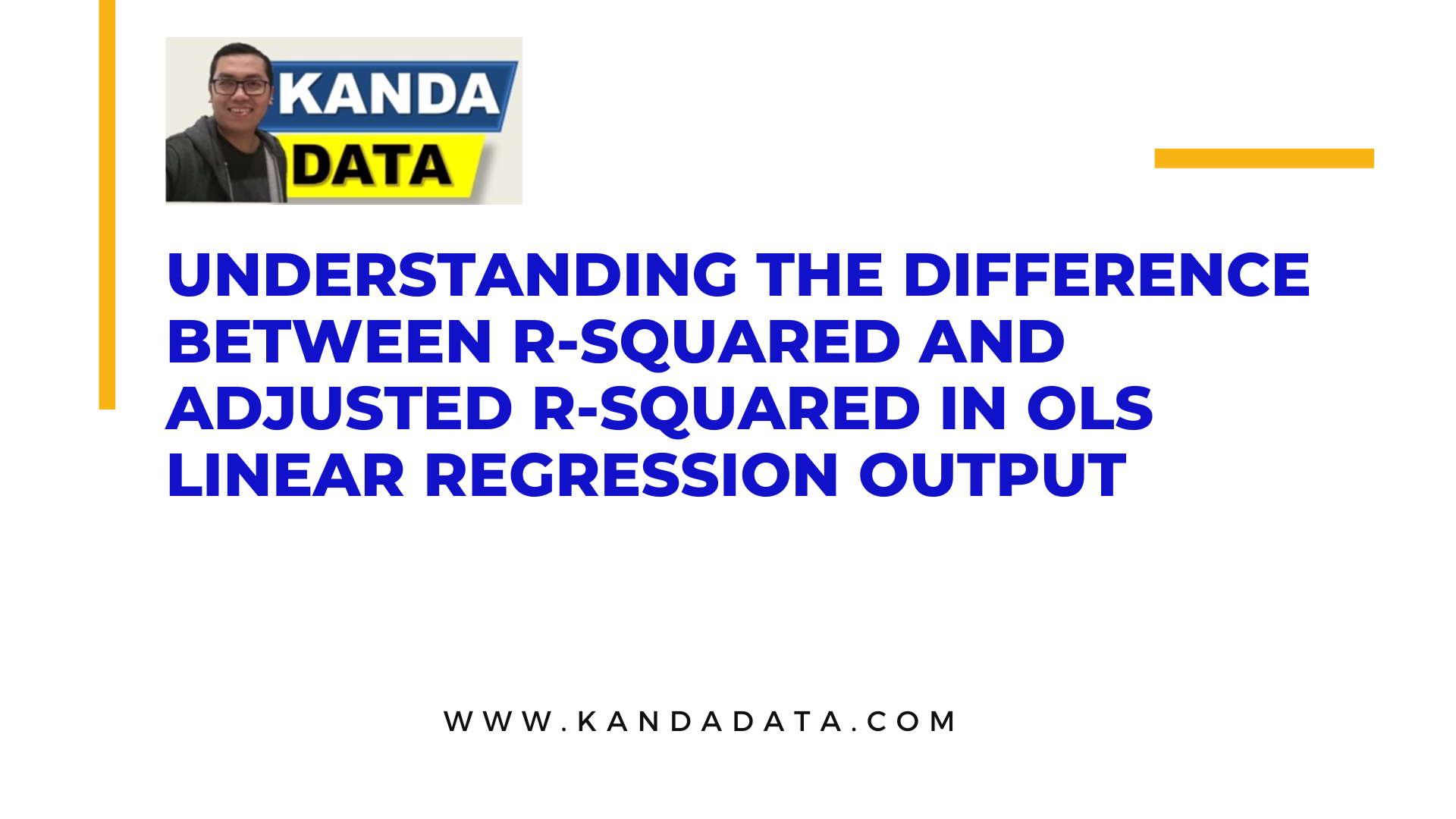Tag: OLS Regression
How to Calculate Tolerance Value and Variance Inflation Factor (VIF)
The tolerance value and Variance Inflation Factor (VIF) are important metrics that you can use to detect multicollinearity among independent variables. If we recall the basic theory, multicollinearity testing is an assumption test in the Ordinary Least Squares (OLS) regression method, which aims to ensure that there is no strong correlation between independent variables.
Differences in Assumptions of Normality, Heteroscedasticity, and Multicollinearity in Linear Regression Analysis
If you analyze research data using linear regression, it is crucial to understand the required assumptions. Understanding these assumption tests is essential to ensure consistent and unbiased analysis results.
How to Perform Multiple Linear Regression Analysis on Time Series Data Using R Studio
Multiple linear regression analysis on time series data, along with its assumption tests, can be performed using R Studio. In a previous article, I explained how to conduct multiple linear regression analysis and assumption tests for cross-sectional data.
Understanding the Difference Between R-squared and Adjusted R-squared in OLS Linear Regression Output
R-squared (R²) and Adjusted R-squared (R² adjusted) are key metrics frequently used to assess the effectiveness of a linear regression model. The R-squared value provides information about the proportion of variability in the dependent variable explained by the independent variable in the linear regression equation.
Can nominal scale data be analyzed using regression analysis?
Regression analysis is commonly used to examine the influence of independent variables on dependent variables observed in a study. However, regression analysis is more suitable for data with interval or ratio scales. How about data with nominal scales, can regression still be used?

